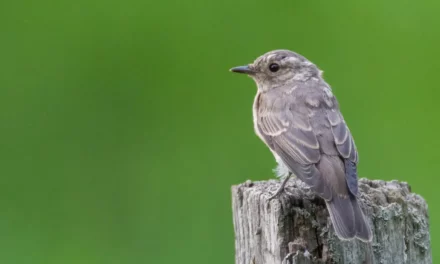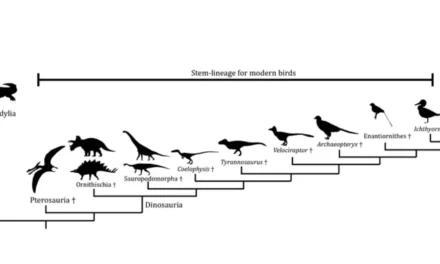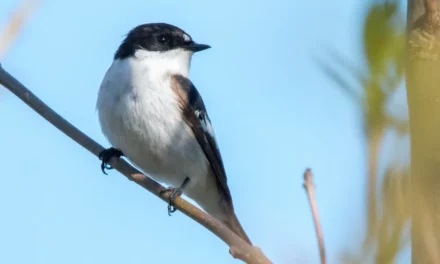Birds sing to communicate, defend their territory, and attract mates. This behavior is influenced by biological, ecological, and social factors. Discover how bird songs are produced and learned, as well as their role in the ecosystem.
Why Do Birds Sing? Understanding Their Functions and Communication
Birds sing for several reasons, primarily related to intraspecific and interspecific communication, territorial defense, reproduction, and other social and ecological interactions. More than 10,000 bird species use songs and calls to communicate, and these vocalizations serve various functions.
To learn more about bird evolution, see The Fascinating Evolution of Modern Birds from Dinosaurs.
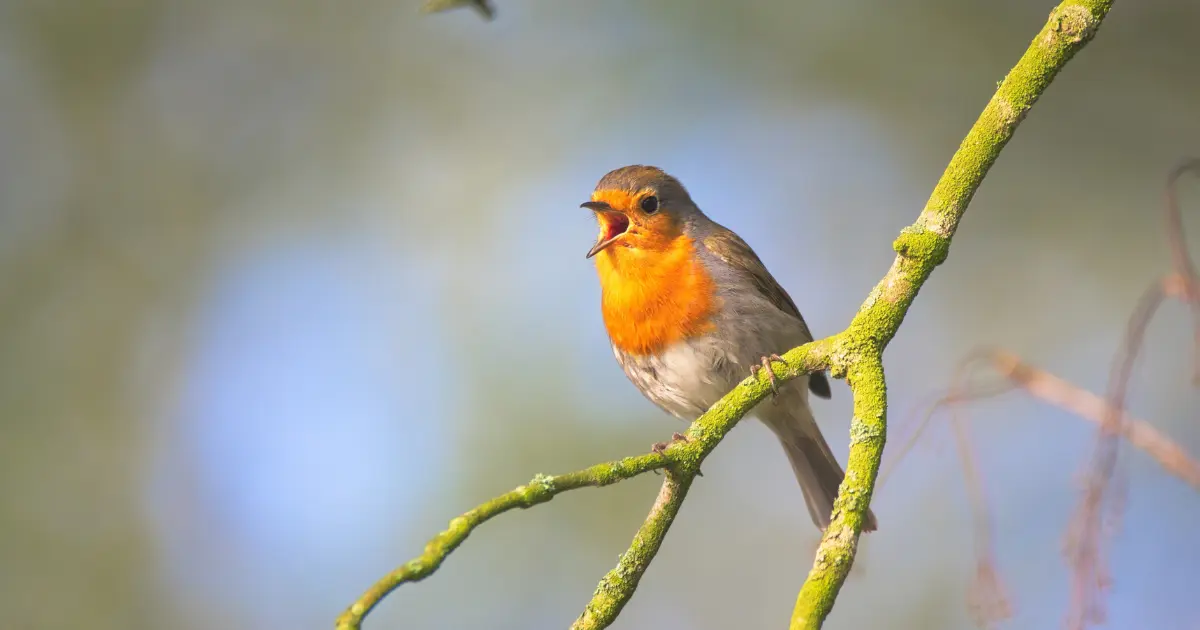
Territorial Defense: Protecting Space and Signaling Presence
Territorial defense is one of the main reasons birds sing. Songs serve to signal the presence of an individual in a given territory and to warn others not to enter that space. For example, in birds like the robin or the blackbird, singing is used to mark territory. Studies on great tits have shown that territories were much less likely to be reoccupied if a speaker played a great tit song, demonstrating the deterrent role of singing in territorial defense.
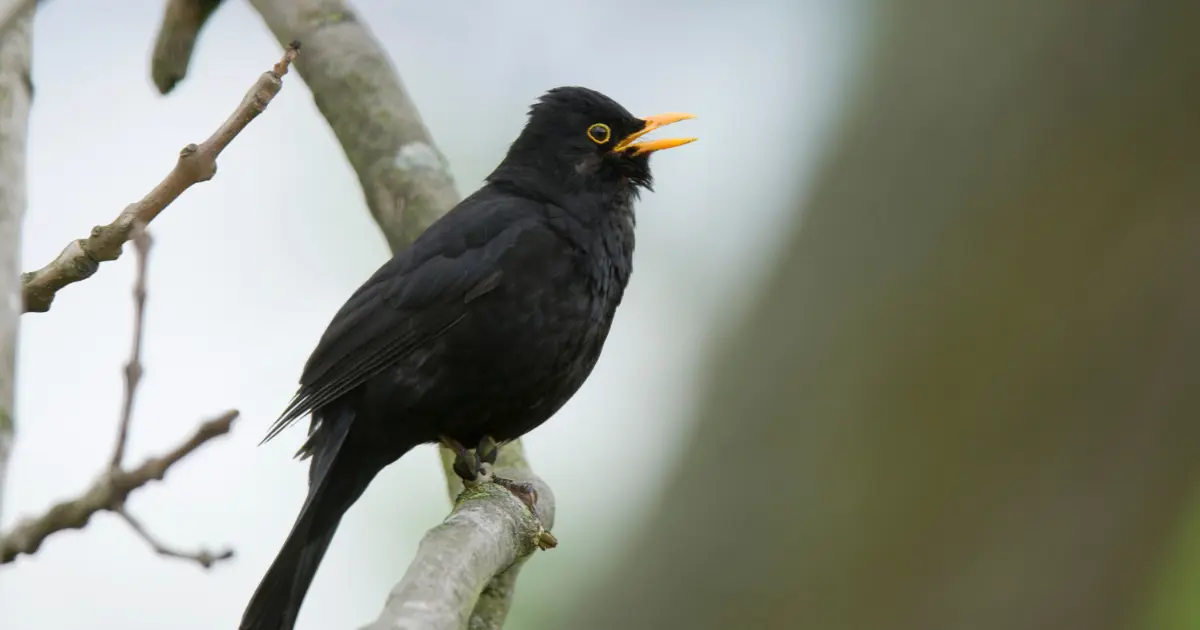
Reproduction and Sexual Attraction: Attracting and Seducing Mates
Songs play a crucial role in sexual selection and reproduction. Males sing to attract females, and the complexity or diversity of the song can indicate the male’s genetic quality and physical condition. For instance, in sparrows, males with larger bibs (a marking under the beak) are preferred by females because this trait is associated with better physiological condition. Varied and complex songs are also perceived as attractive by females in many species.
To learn more about nocturnal birds, check out Birds That Sing at Night: A Complete Guide.
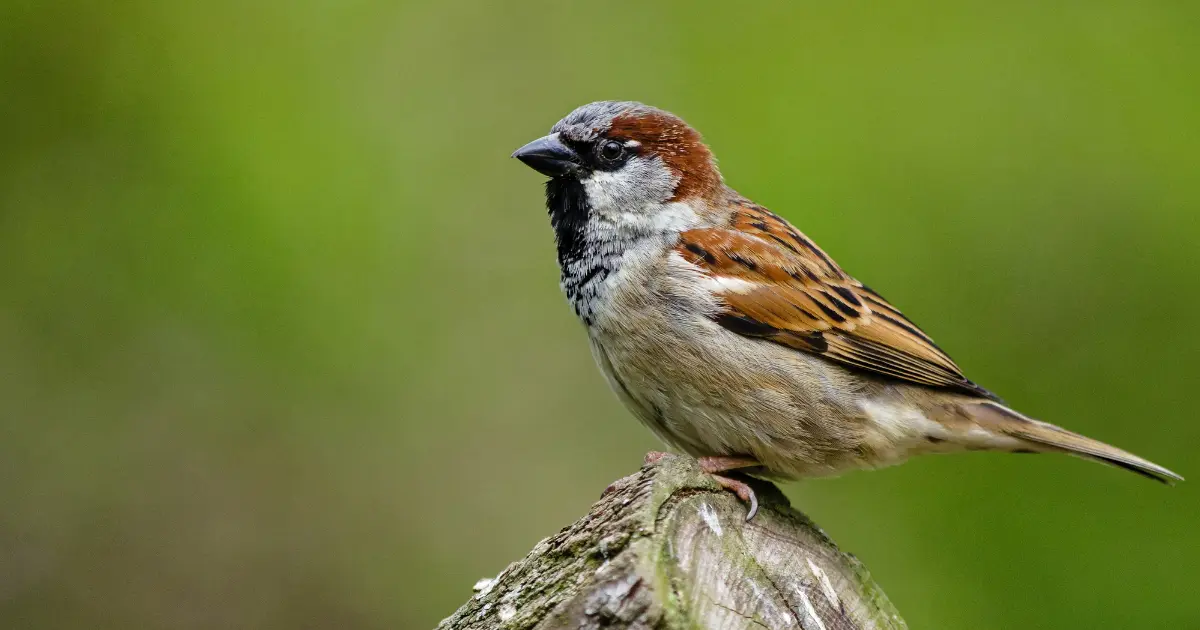
Social Coordination and Intra-Group Communication: Maintaining Bonds and Warning of Dangers
Some songs have social functions, such as maintaining group cohesion or coordinating collective activities. For example, birds may use songs to keep in touch with their group, warn of imminent danger, or signal the availability of food.

Song Learning and Development: A Key Process for Communication
Songs are also learned behaviors. Young birds undergo a learning period during which they listen to and mimic the songs of adult members of their species. This learning process is essential for the development of the complex songs needed for effective communication and reproduction.
To understand how birds avoid collisions, see How do birds avoid collisions in flight?.
Adaptation to Acoustic Environments: How Habitat Influences Songs
Bird songs also vary depending on the habitat they are in. For example, forest birds tend to use longer, more tonally modulated sounds to penetrate dense tree cover, while those in open spaces use rapid and repetitive songs to compensate for the fast acoustic dissipation caused by wind and other environmental factors.
How Do Birds Produce Their Songs? Anatomy and Mechanisms
Bird songs are produced by a unique vocal organ called the syrinx, located at the junction of the trachea and bronchi. Unlike human vocal cords located in the larynx, the syrinx allows birds to produce two different sounds simultaneously, explaining their ability to sing complex and harmonized melodies. The muscles around the syrinx control the tension of the vocal membranes, thus altering the pitch and volume of the sounds produced.
For more information on birds that fly at extreme altitudes, see Birds That Fly Very High: Records & Adaptations.
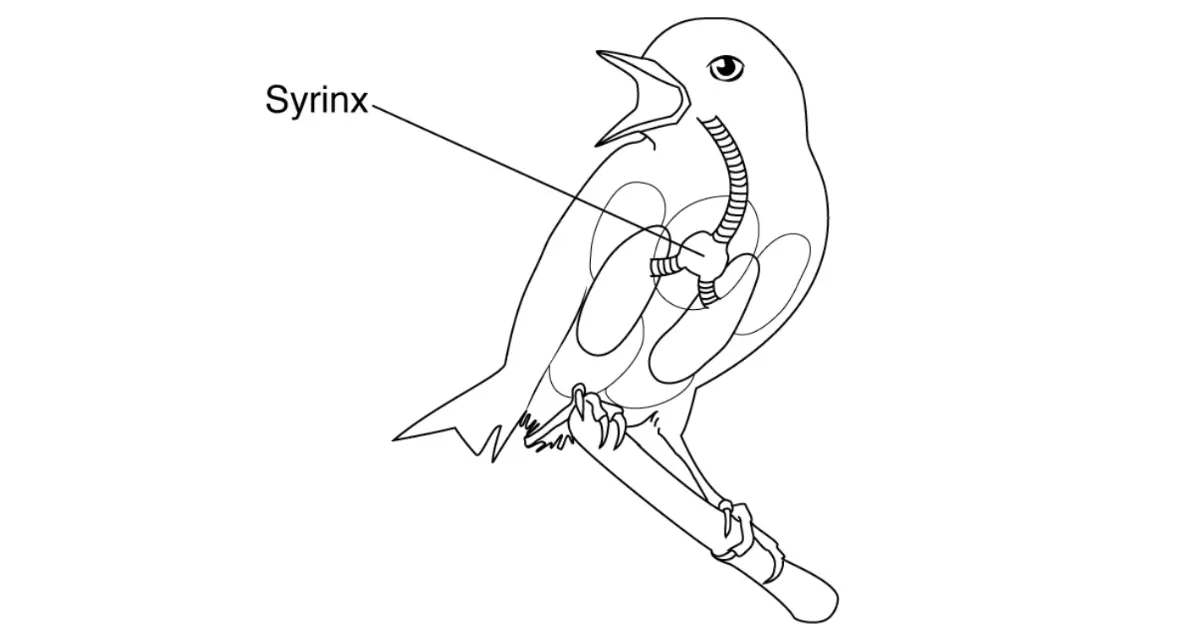
The syrinx is controlled by complex neural circuits in the bird's brain, which include several specialized nuclei that coordinate the production and learning of vocalizations. These brain structures are particularly developed in species that sing and learn their songs, such as Oscines (songbirds), Psittaciformes (parrots), and Trochiliformes (hummingbirds).
Bird Song Behaviors and Diversity: Adaptations and Variations
Inter- and Intra-Specific Variability: Dialects and Regional Differences
There is a wide variety of songs both between and within bird species. For example, the white-crowned sparrow around San Francisco Bay shows song variations between different populations, a phenomenon known as a dialect.
Influence of Learning: Importance of Imitation and Tutoring
The learning of songs is crucial in many bird species. Young birds learn to sing by imitating adults, and this learning period is often limited to a few months after birth. For example, marsh sparrows raised in isolation did not develop normal song, demonstrating the importance of social learning.
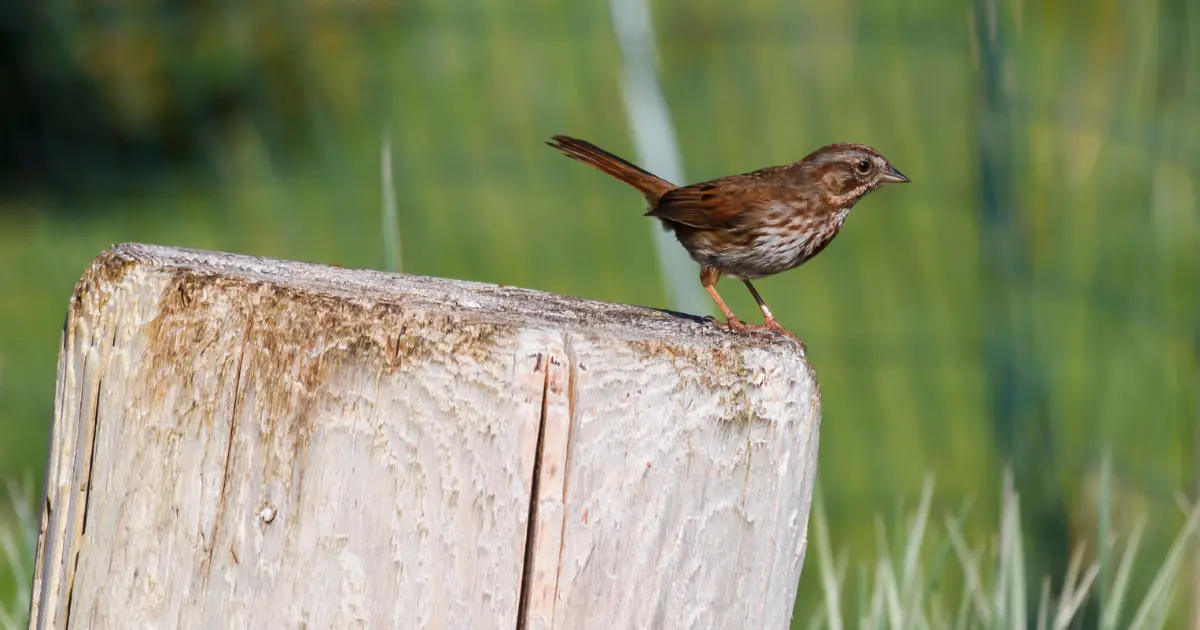
Role of Ecological Factors: Environment and Song Structure
Bird songs are also influenced by ecological factors such as habitat and weather conditions. Songs are adapted to the acoustic environment in which birds live, optimizing sound transmission to maximize communication effectiveness.
Songs and Hormones: Modulation by Season and Reproduction
Bird songs are also modulated by hormones such as testosterone, which influences the frequency and intensity of singing, particularly during the breeding season. Hormone levels fluctuate based on photoperiod, explaining why some birds sing more frequently during certain seasons.
Singing for Pleasure? Exploring a Behavioral Hypothesis
While songs are primarily functional, some researchers wonder if birds also sing for pleasure. The fact that some birds sing softly, without apparent intention to communicate, suggests the possibility of behavior related to pleasure, although this remains a hypothesis to be further explored.
Bird Songs as Key Elements of the Ecosystem
Bird songs are complex behaviors influenced by a multitude of biological, ecological, and social factors. They play a crucial role in intraspecific and interspecific communication, territorial defense, reproduction, and social learning. Understanding these vocalizations requires an interdisciplinary approach, integrating concepts from ethology, neurobiology, bioacoustics, and ecology. Bird songs enrich our soundscape and are essential to ecosystem balance, offering us a fascinating insight into animal life and survival strategies in nature.
-


